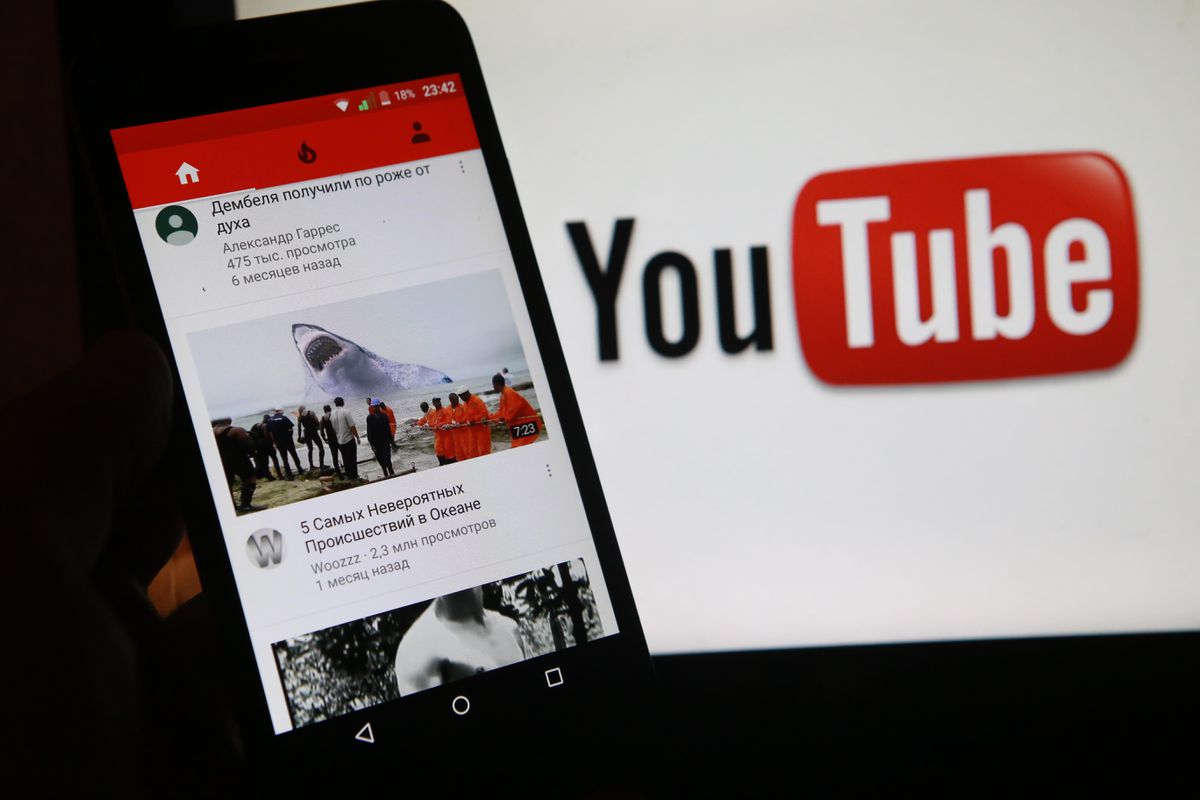Table of Contents Show
YouTube is a video platform that took the internet by storm when it was first launched in 2005. It was a place where anybody could create content about anything — a premise no other platform possessed. But since the majority of its users were average people without access to any professional studios, personality became a focal point for success.

When finding YouTubers to watch, viewers consider more than just the creator’s content. People devote their time to watching videos drenched in that creator’s specific brand of humor, interests, and artistic style, so they’re going to watch those with personalities that best suit their own. A person who enjoys thinking critically would likely enjoy the dry humor and commentary D’Angelo Wallace has to offer, whereas someone with an adventurous spirit might have more fun watching The Try Guys. As unique as this aspect makes the platform, it also creates a lack of definition for what YouTube and its users are meant to be.
YouTube: Streaming Or Social Media?
With internet usage rising at such a rapid rate during the past two decades, several platforms have grown into corporate giants in that short time span. Two of the largest types of platforms are streaming and social media. While the two are used by nearly every person with internet access, the differences between them are so vast that they require different approaches from users, and therefore different mindsets when being used. But with YouTube being the unique platform it is, it can be difficult for creators and viewers alike to know how to approach it.
Streaming is based around entertainment, most commonly associated with platforms such as Netflix and Hulu, where viewers flock to sit back and indulge in their favorite television shows. Gone are the days when programs could only be watched when networks said so; now people have access to thousands of titles to watch at a time of their choosing, in a quantity of their choosing.
A Mix Of Fact and Fiction
Since most titles are based on fiction, viewers watch their streaming services with an openness to the story, especially the characters. They know that they need to empathize with them in order to get into the show. While YouTube does possess an element of production and some creators do specialize in playing characters, others do not.
Social media, the other internet giant, deals with the lives, thoughts, and feelings of real people. The vast majority of its users are there to give their followers updates on how they are and what they’re doing. Unlike the produced world of entertainment, social media often gets personal, and there’s an expectation for everyone else to approach it the same way. When people lie online, it causes outrage and goes against the expectation to always be truthful since it’s the nature of these types of platforms.
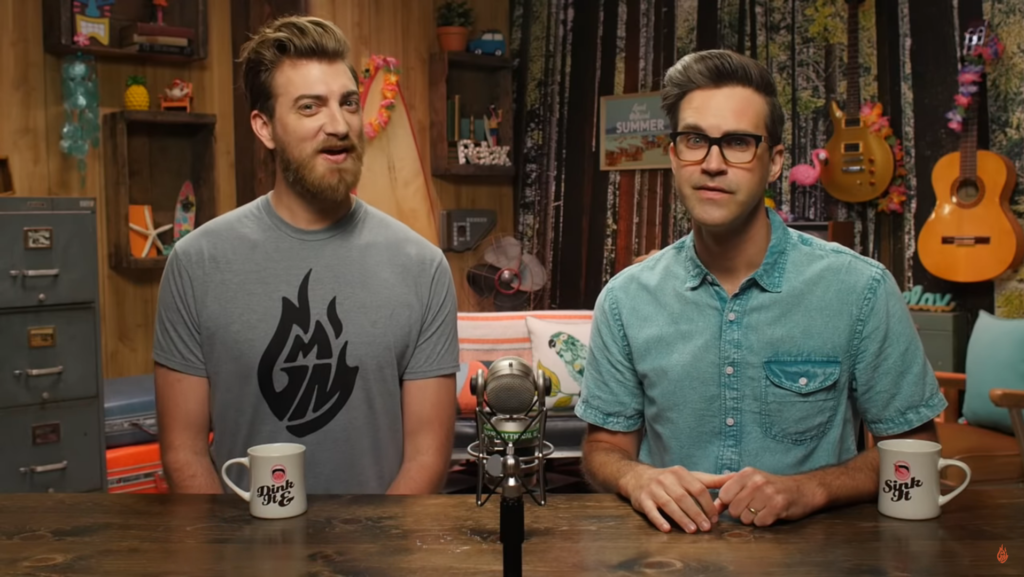
YouTube’s platform operates as both streaming and social media. Every creator has their own “channel” and viewers can watch any kind of content they’re looking for. Additionally, viewers and creators can easily interact with one another through comments and community posts. Despite wildly different aspects of both streaming and social media coming together to create YouTube, the right mindset for approaching the platform is more difficult for its users to develop. This not only impacts the type of content that is put onto the website but how the creators and audiences view each other as well.
YouTubers: Celebrities Or Friends?
Since YouTube cannot define itself, it has come to a point where mindset and approach is on a channel-by-channel basis, with the creators’ responsibility being how they choose to portray themselves. But even if a creator manages to successfully form an image and set boundaries, YouTube is so over-saturated with content, it can be difficult for users to keep track of which channels to approach which ways, and mix ups are bound to happen. A YouTuber that would rather be viewed by fans as a friend may be treated like a celebrity, or vice versa. Even then, the extent to which they are celebrities or friends is hard to pin down.
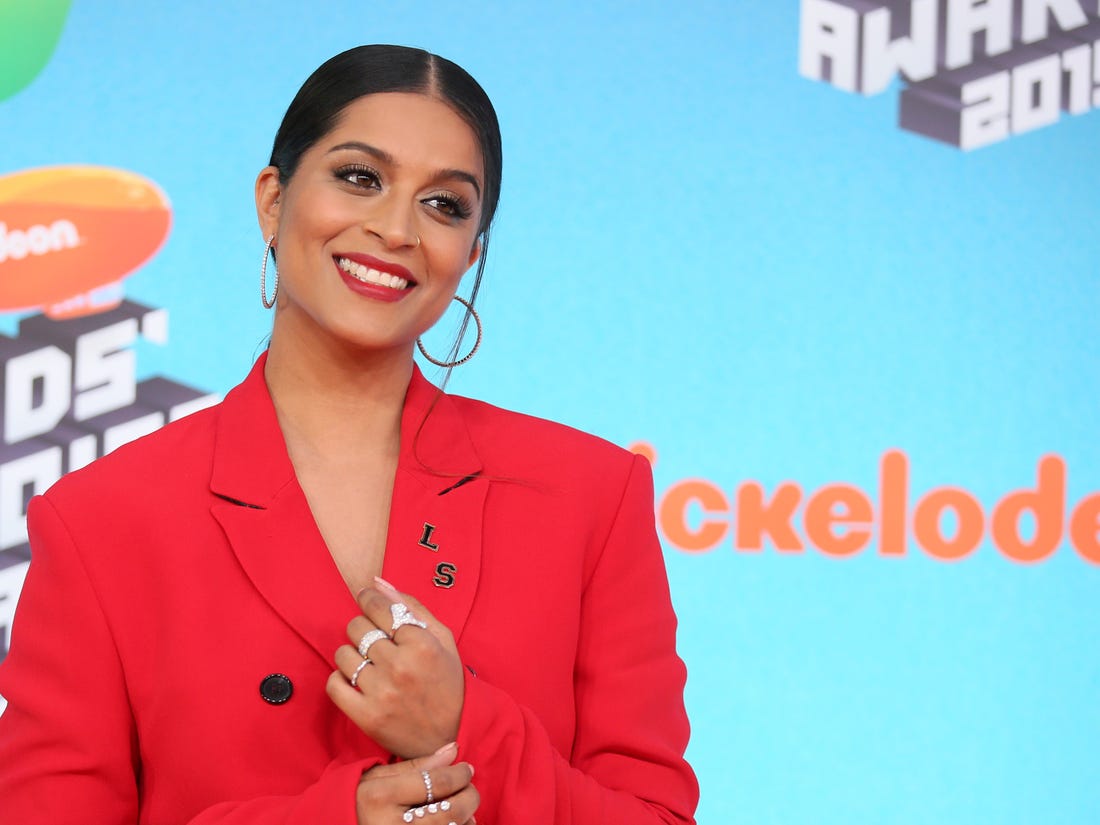
Ever since the boom of the film and music industries in the early 20th century, celebrity culture has become more intense. Any artist with an ounce of fame becomes idolized, and the rise of the internet only perpetuates that mindset. Previously, flashy celebrity life was limited to a small space in Hollywood where a select few would gain a disproportionate amount of success, but now that can happen anywhere.
Several YouTubers began their journey to millions of followers by making videos in their bedrooms but eventually moved on to a more lavish lifestyle. Some fully embrace their riches, while others gloss over it as they desperately try to maintain relatability, but either way, there is an undeniable distance between these creators and those who place them on pedestals. This is great for their financial situations and creative opportunities, but they are viewed less like a real person and more as a slave to entertainment.
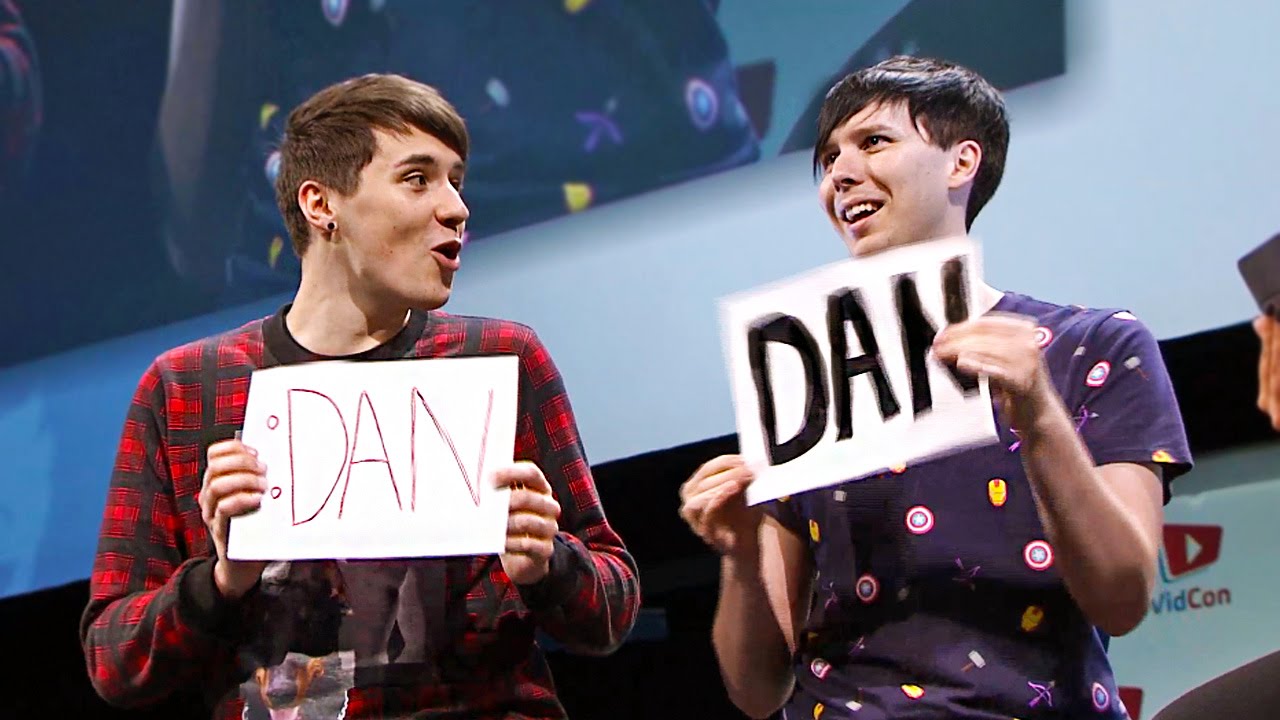
At the same time, YouTubers have the opportunity to be more engaged with their audiences than the traditional Hollywood celebrity. Many of the successful ones don’t have a mansion or a closet full of designer clothing. Instead, it’s just them, a camera, and you. At least that’s what the one-on-one nature of much of the content feels like.
The Illusion Of Intimacy
People’s friends are those they can have the most fun with, yet get vulnerable with all the same. It’s common for YouTubers to strip back the production on their videos and treat them as a chat with friends, opening up and compelling their viewers to do the same. But when viewers have this idea set in their minds, there’s almost an expectation for that constant vulnerability and it becomes more difficult for YouTubers to maintain their privacy.
The lack of definition for what a YouTuber is supposed to be may sound freeing to the creative types who populate the platform, but it creates an issue with how they are supposed to show themselves to their audiences. How far is too far when it comes to opening up? When does enjoyment turn into obsession? These questions are common on their own but rarely asked together.
While the issue lies with the platform lacking definition, YouTubers are the ones who must answer those questions if they want to minimize the issues that come with such a career. And after that, all they can do is hope that their viewers will respect those answers.
The Audience: Victims Or Abusers?
Fans are known for their intense loyalty to artists and their work. They are an important part of success. But in the strange world of internet fame, they’re even more of an asset than they may be for mainstream celebrities.
While blockbuster films have big names and high budgets to draw in crowds, YouTubers are left with only their personalities and creativity to rely on, which leaves their success at the mercy of audiences. If fan bases are strong enough, they can be responsible for launching or terminating a creator’s entire career. YouTubers are left to learn how to appease the masses in this intense power struggle over their futures.
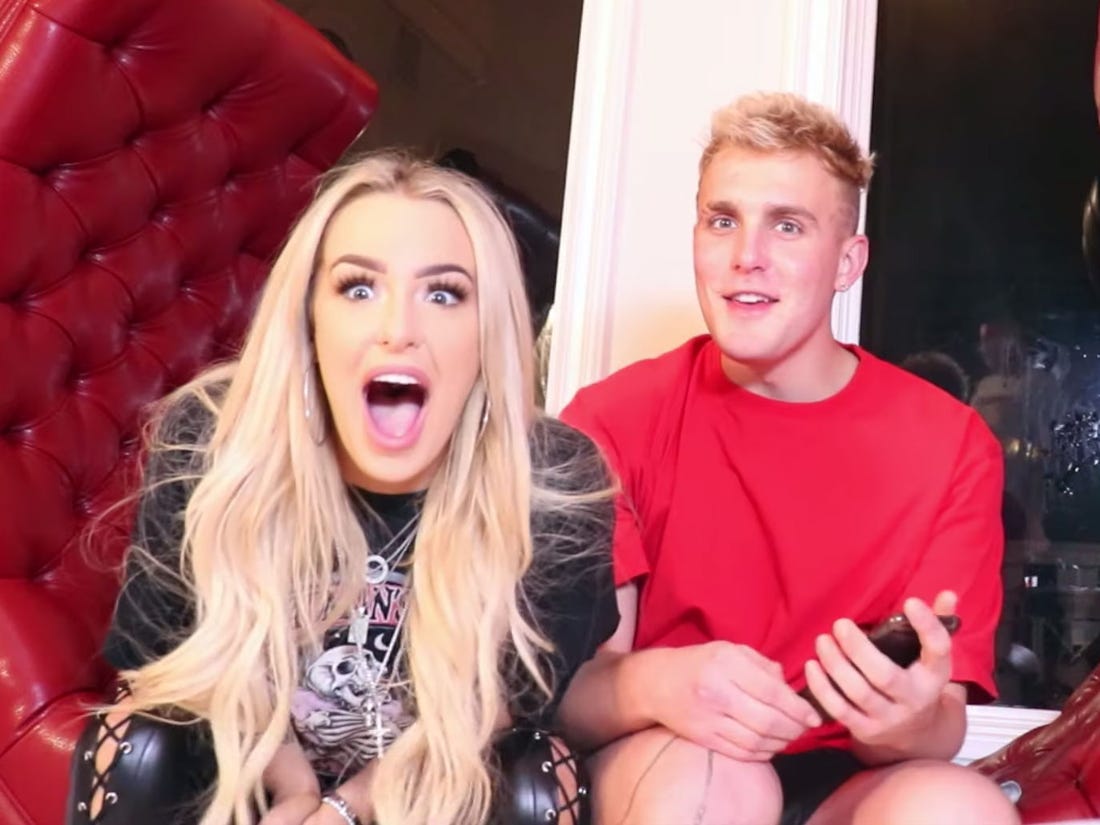
If a YouTuber is original, widely likable, and shows just the right amount of vulnerability, they will have audiences falling in love with them in no time. But whether or not this is their true nature is questionable. Far too often, creators have put on a front in order to gain success by heavily playing into the community aspect of YouTube. Regardless of quality or integrity, they have a charisma that people can’t help but obey.
Manipulation is unfortunately a common occurrence in the real world, but it becomes even worse when creators have masses believing that their problematic behaviors and ideas are okay. Their fans can become so loyal that they actively reject anyone who criticizes their favorite YouTubers and develop the same bad behaviors as them.
The Power of Anonymity
Despite some truly bad people existing on the platform, they still manage to maintain their success. Rather than holding those creators accountable, audiences get caught up in wasting their energy on unnecessary hate. The internet has always had its brutal side, but on a popular platform like YouTube, mass thinking can easily go too far. Creators get harassed in the comments over their appearances, and videos get thousands of dislikes because they express unpopular opinions, even if those opinions are by no means offensive. An audience’s unchecked power can be just as damaging as a YouTuber’s.
Just as YouTubers have the responsibility to set boundaries between themselves and their audiences, the audiences have responsibilities of their own. As with the majority of users on the platform, all the comments viewers make have an impact on public opinion. If people start to realize how problematic a creator is, they can come together to spread awareness about their beliefs and behaviors. Audiences also have the unfortunate responsibility of being skeptical of creators. As authentic and open as many of the YouTubers may come off, not all of them are doing so truthfully, and it’s up to viewers to determine whether or not a creator can be trusted.
The Importance Of Definition
YouTube’s revolutionary approach to content creation has allowed it to remain at the forefront of the internet for the past 15 years. While it did succeed in doing something different, it also brought with it a new set of issues to be solved. One of its most dangerous flaws is the lack of direction it has in terms of how the platform is to be used, and how YouTubers are to be treated.
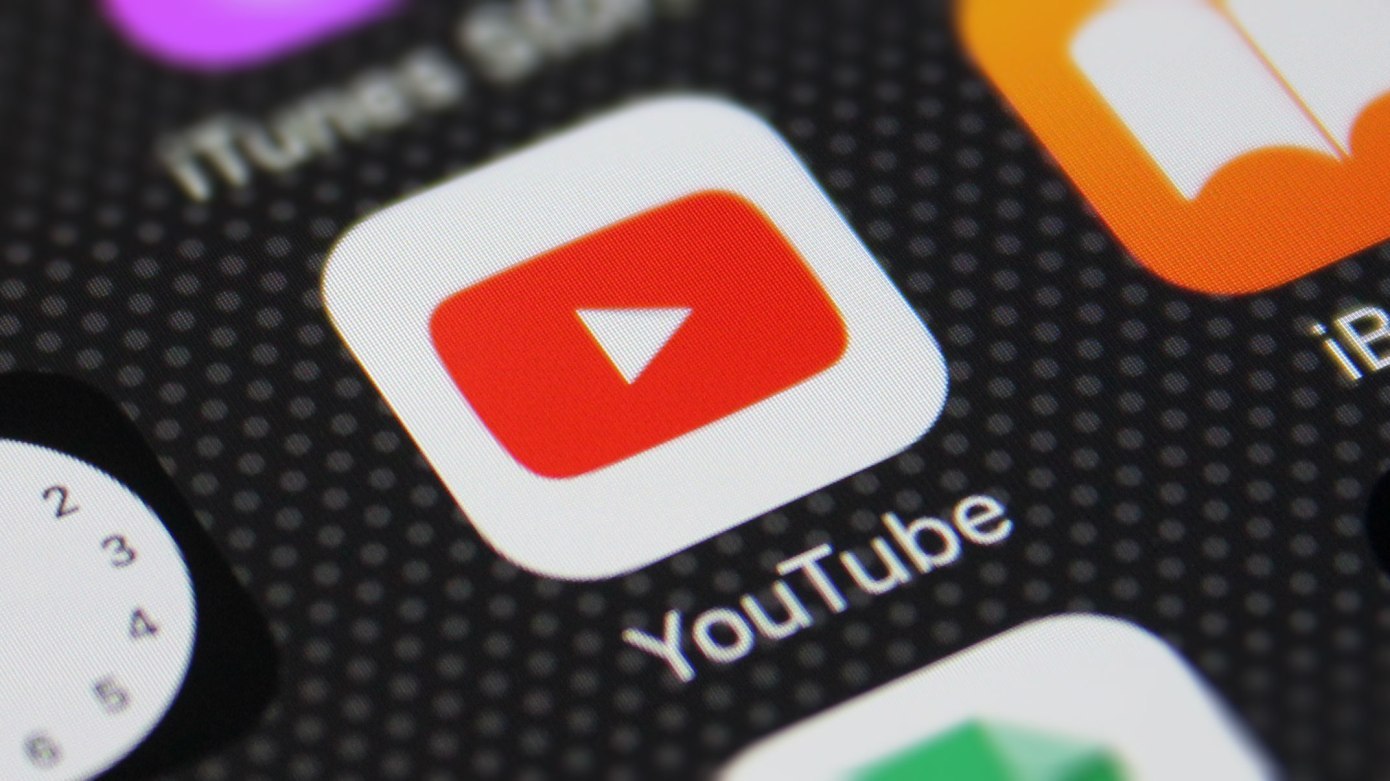
The platform’s failure to answer these questions in its early days now leaves users floundering in its blurriness. YouTube began as a place for colorful personalities to show off their creativity and make connections, but just as personality is integral to human nature, so is pushing limits.
